Join the VIP Teacher Club!
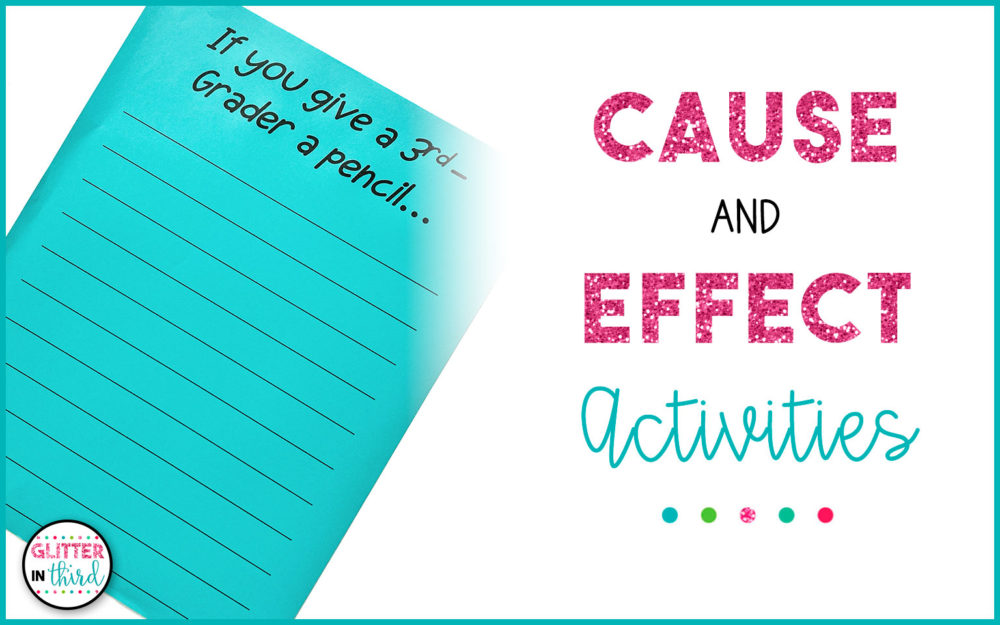
Looking for cause and effect activities?
While cause and effect may seem like a literacy strategy discussing what happens between characters or story events, the idea of cause and effect can be applied to literally every aspect of our lives.
Seriously – every single one!
The consequences of our behavior, the weather, life cycles, season changes, mixing primary colors, government decisions, our food choices… you get the point. 😉
Every cause has an effect and by teaching this idea through various activities and strategies, you’re not only allowing students to understand the concept in a deeper way, but you’re creating higher level and critical thinkers in the process!
I have several ready-to-use cause and effect resources to share with you, read alouds, and reflection questions and prompts for journaling that can be used for any subject of learning – including social and emotional.
Let’s goooooo!

Try coming up with an activity that will really get your students’ attention!
Head outside and ask your students what will happen if you take a push pin to a balloon full of water.
What will be the effect of dropping an egg on the ground?
Or, make some type of snack! The effect of putting specific ingredients together is a yummy treat! This is especially fun for baking if you have access to these types of resources at school. 🙂
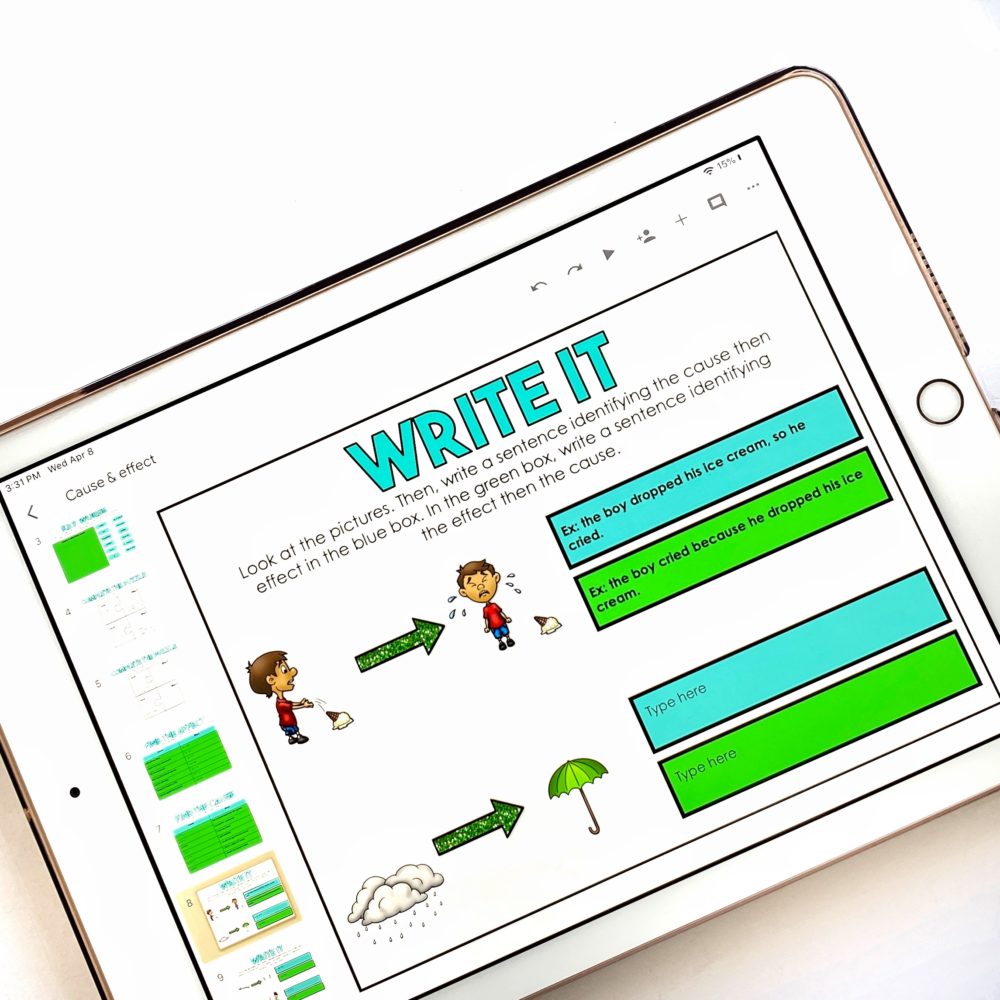
When you’re still in the beginning stages of your cause and effect unit, I highly recommend getting your students to make connections with themselves or their prior experiences.
Sometimes we get the idea that we should immediately be using stories and discussing the actions of characters and their effects, but one of the best ways to get a child to understand the concept is by relating it to their own personal emotions and experiences.
Building that connection is essential!
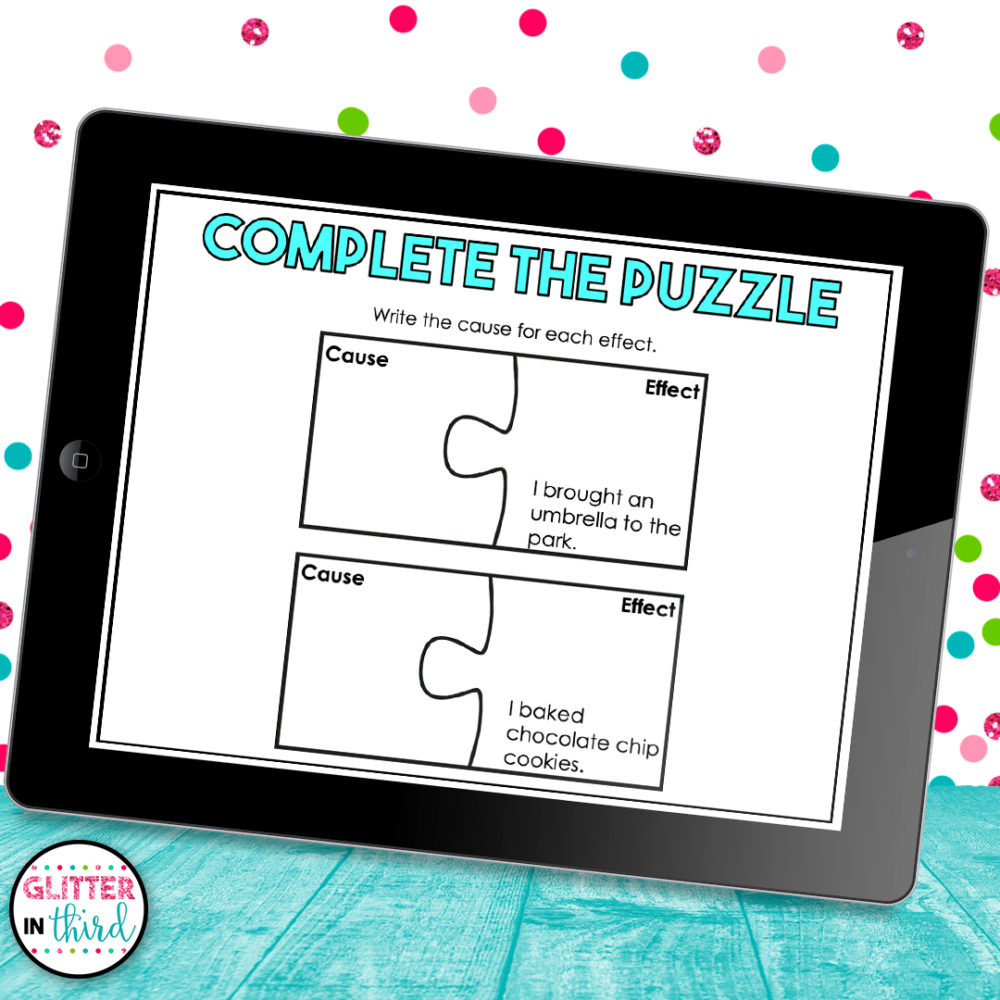
This Google Classroom Cause and Effect resource comes with a variety of drag-and-drop and short answer questions, as well as multiple graphic organizers for your students to generate their own causes and effects and when you’re ready to start incorporating your own texts!
The drag-and-drop activities establish what cause and effect is, as well as key cause and effect words.
The short answer questions also provide simple statements for your students to decide the cause or effect. – I fell off my bike. I didn’t do my homework. We won the soccer game. – Ones they will easily be able to relate to! 🙂
Check out what more of the graphic organizers and activities look like here!
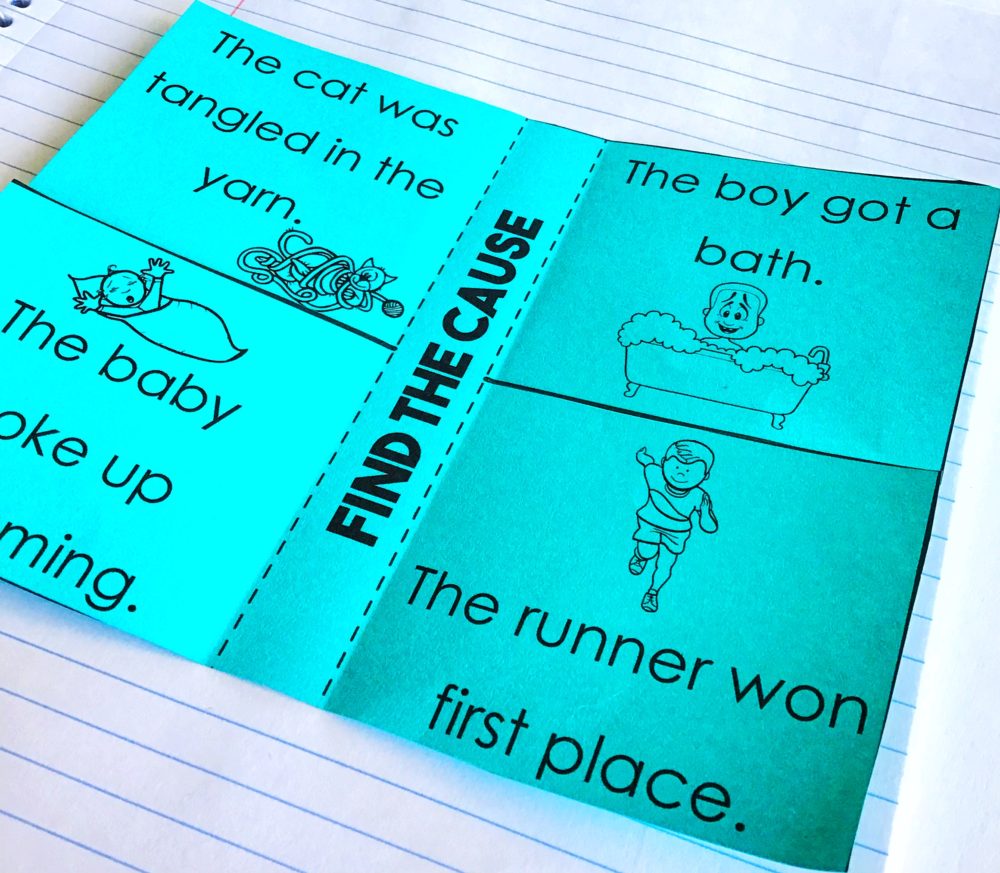
If you’re looking for more practice opportunities for your unit, this cause and effect interactive notebook is loaded with key word review, brainstorming opportunities for effects of given causes and vice versa, individual pictures for your students to create their own cause and effect statements, and blank activities to use for your own scenarios or cause and effect ideas you’re teaching!
I find the blank options to be super important for developing critical thinking skills.
The interactive notebook does come differentiated for all your learners, and it’s also EASEL compatible so you can make it a digital interactive PDF if you prefer paperless!
You can get a better glance of the activities and descriptions by clicking here. 🙂
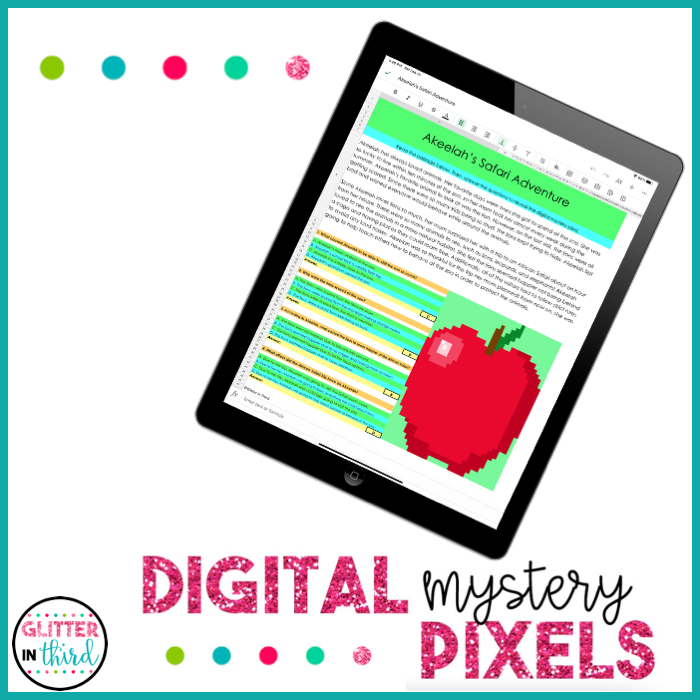
I personally love these cause and effect mystery pixels for formative and summative assessments, but you can definitely use them for simple homework assignments, partner work, progress monitoring, or even extension activities.
You’ll get 5 different mystery pixels included that are 4 questions each.
There’s a short passage to read, followed by corresponding cause and effect related questions.
As your students answer questions correctly, a mystery pixel appears!
Each of these mystery pixels are self-grading and all you have to do is assign – no prep needed by you! 🙂
If you aren’t familiar with digital mystery pixels, you can watch a short preview video of how they work here!
Not familiar with digital mystery pixels? Make sure to enter your info below to get one sent immediately to your inbox! You can also read all about them here.
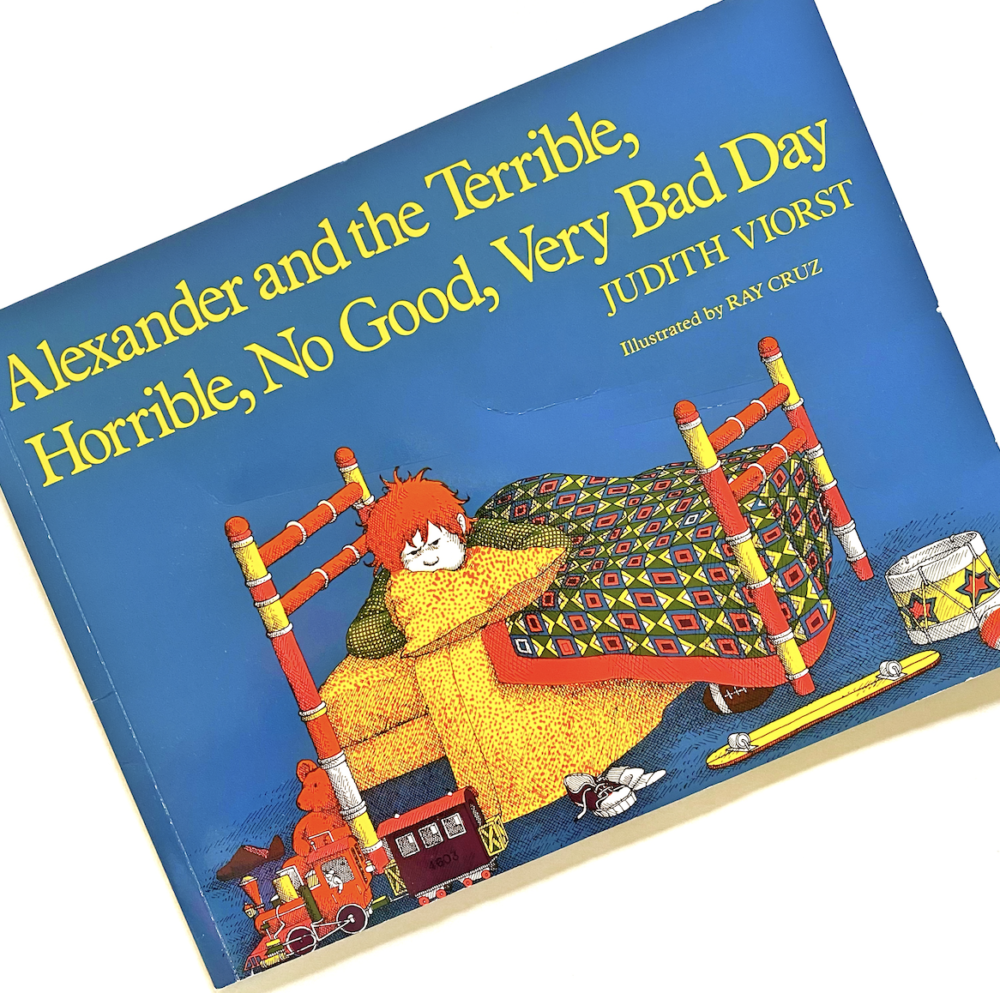
Once your students have started making cause and effect connections within their own thoughts and feelings, stories are obviously one of the best next steps to start incorporating! 🙂
Here are a few of my favorites for teaching cause and effect and developing critical thinking skills: (Amazon Affiliate links follow)
I also highly recommend using any kind of nonfiction titles to supplement your science or social studies lessons, as well!
Our Earth and everything on it, as well as World/American history has an effect for every cause!
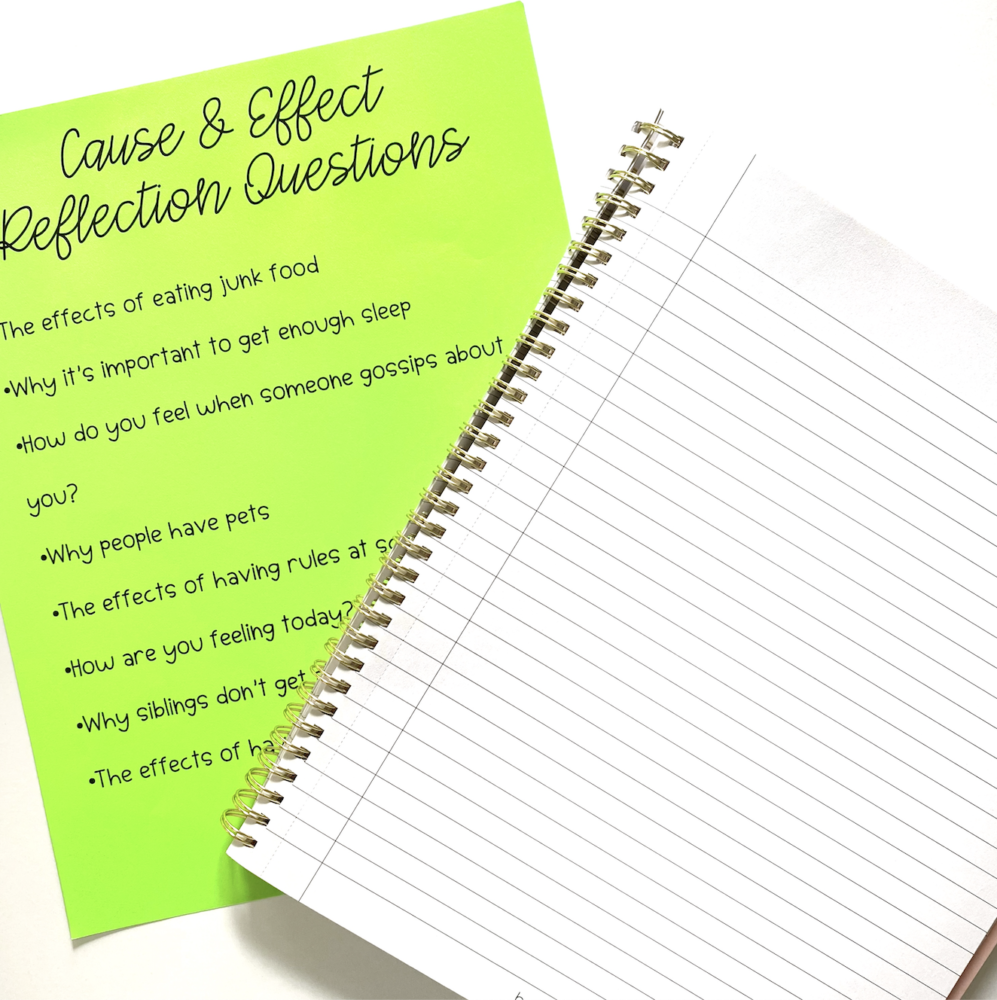
I find journals to be a great option to assess students’ understanding without them even knowing it’s an assessment.
Some students may not thrive in writing, which is why I always suggest multiple forms of assessments, but for some students it’s an outlet that’s perfect for their thoughts.
What’s easy for some students to get out in verbal communication, is easy for others to get out on paper or computer.
Here are a few reflection questions and prompts for you to incorporate for developing critical thinking skills in your children:
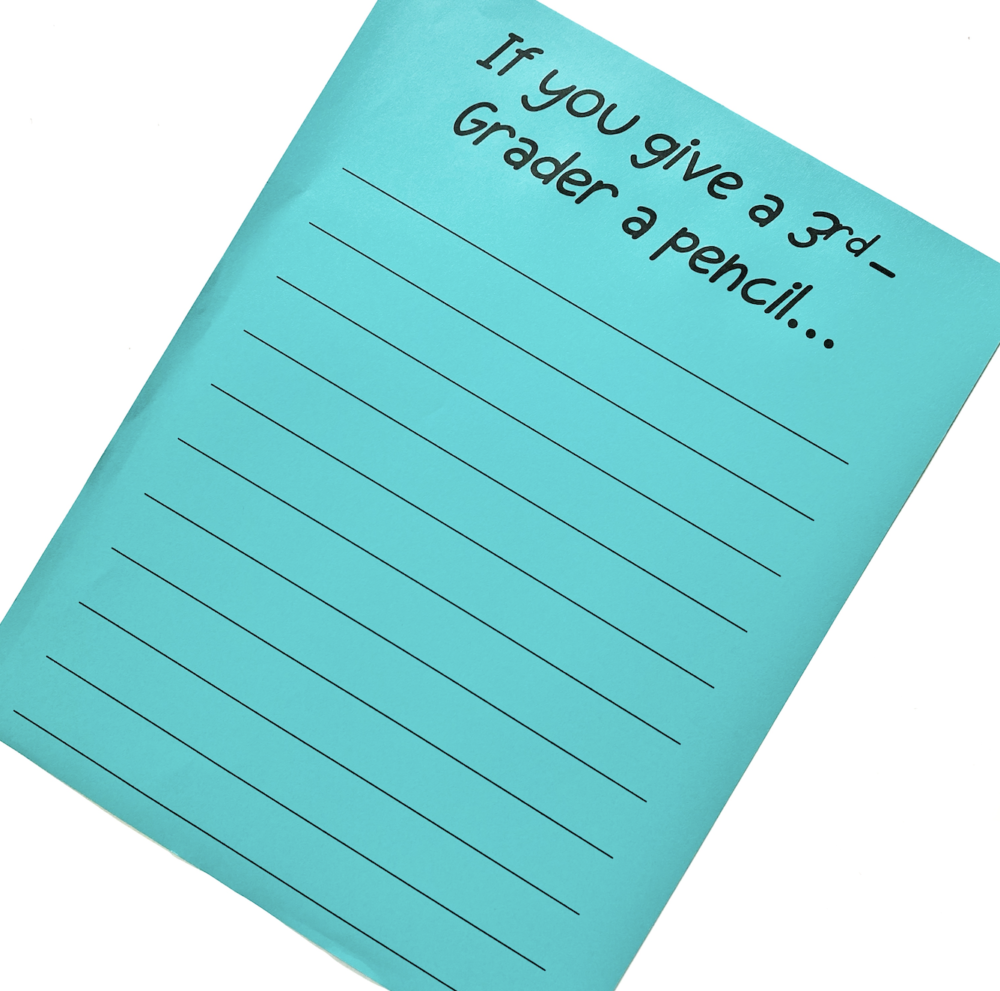
You could also have your students recreate their own version of “If You Give a Cat a Cupcake…” or any of the “If You Give” books!
“If You Give a 3rd Grader a Pencil…” may be a fun one. 😉
Another way to incorporate writing is to correlate it to your science or history topics.
Writing about the effects of pollution or why Martin Luther King Jr. stood for what he did are other ways to observe your students’ cause and effect and critical thinking skills!
Remember, every cause has an effect, so feel free to tie your cause and effect unit into anything you teach.
Practice makes perfect! 🙂
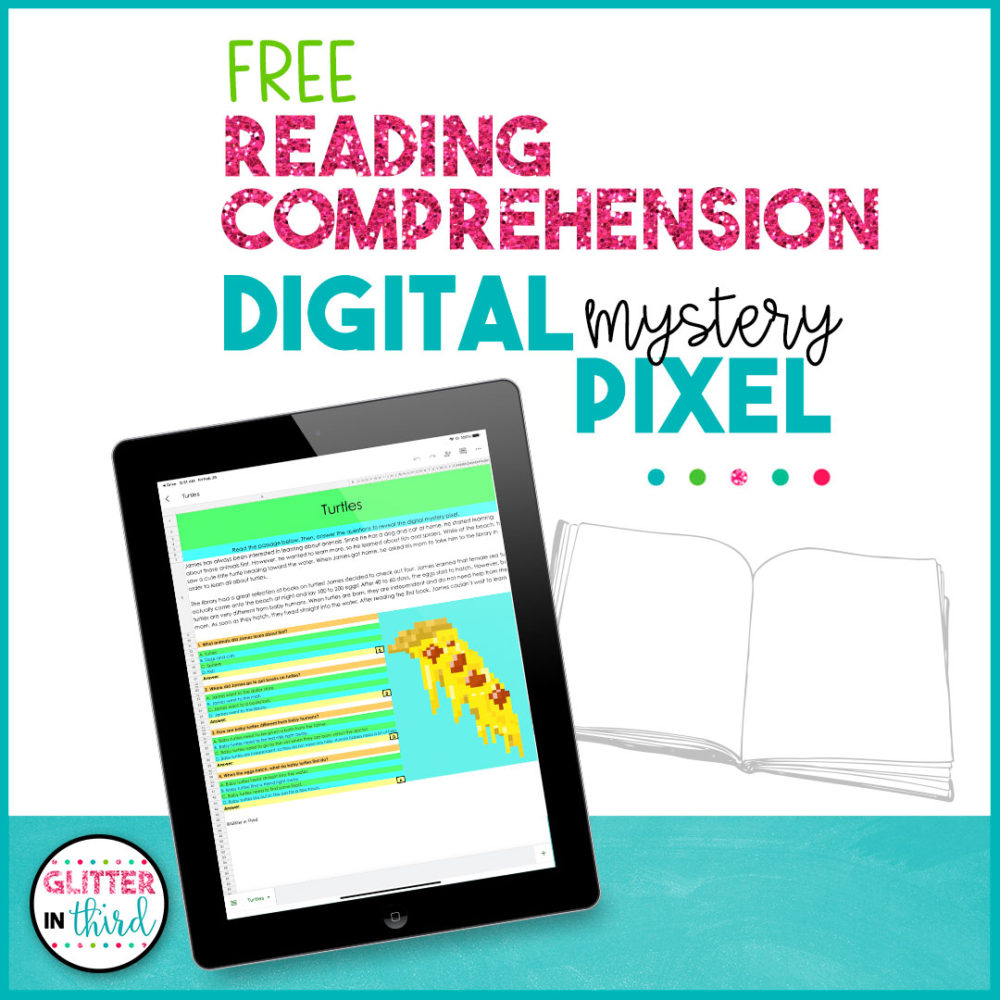
Make sure to leave your deets below to get a FREE reading comprehension digital mystery pixel sent right to your inbox!
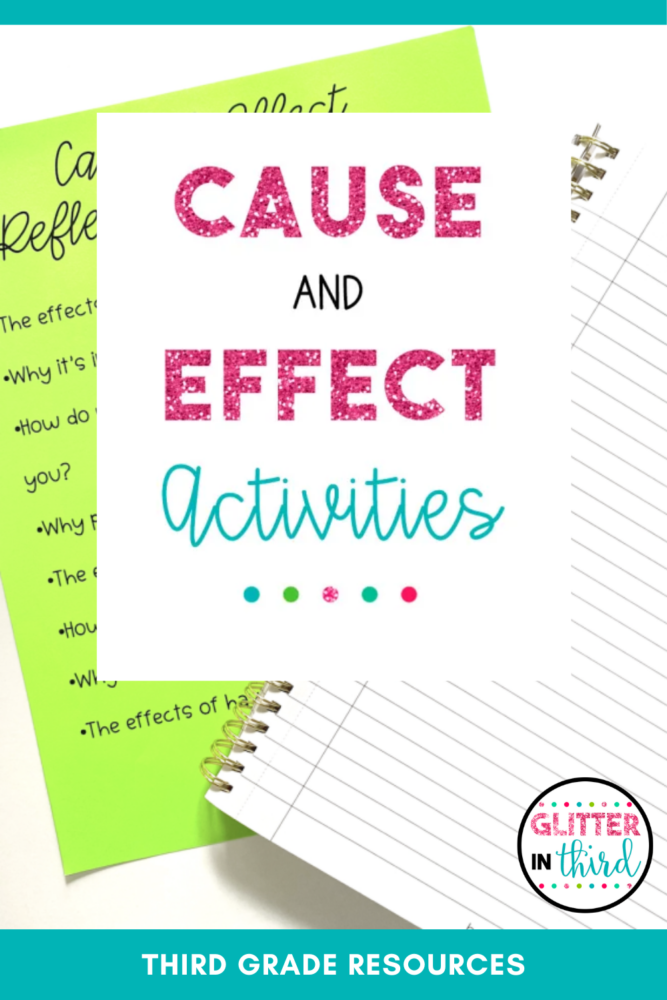

Hey there, I’m Kelly! I I love helping teachers save time with technology and resources so they have more hours in the day to spend with family and friends. Take a look around to find new ideas that you can implement in your classroom today!